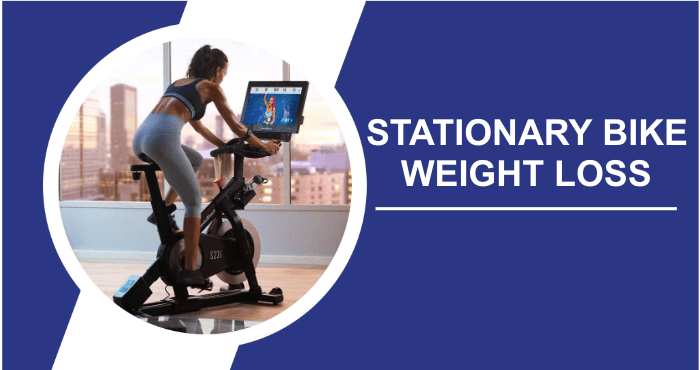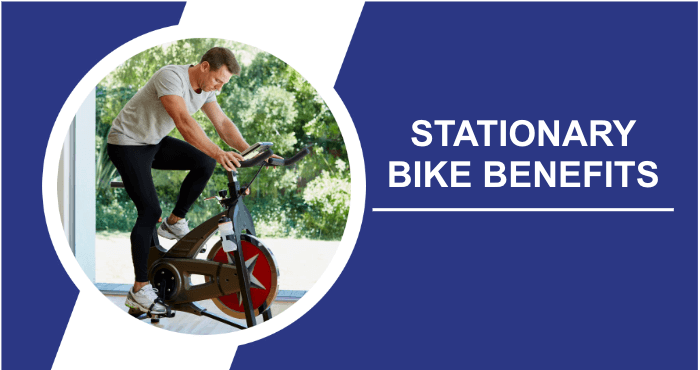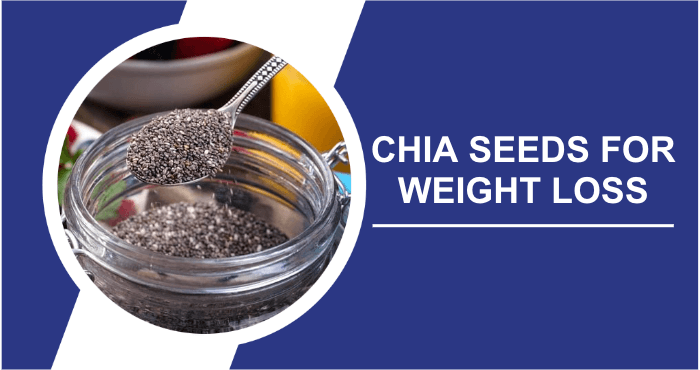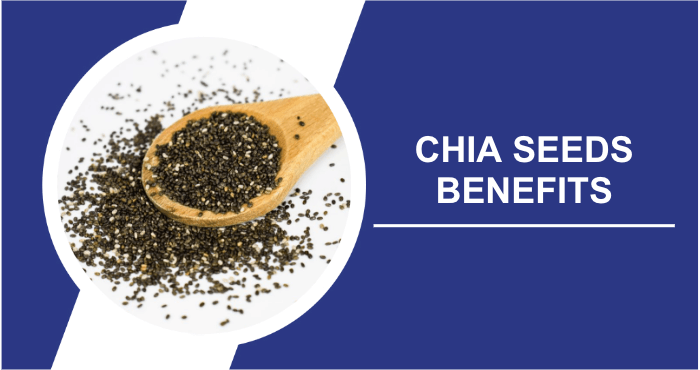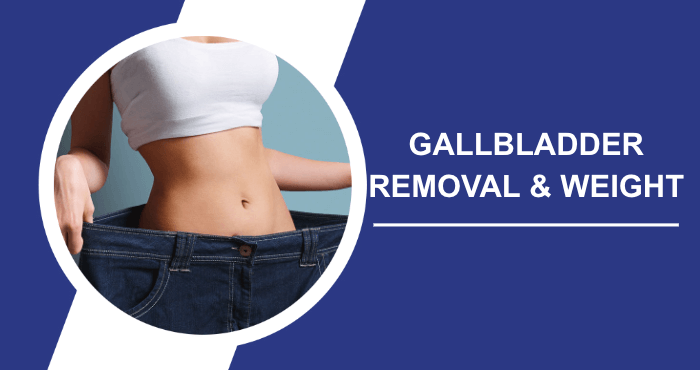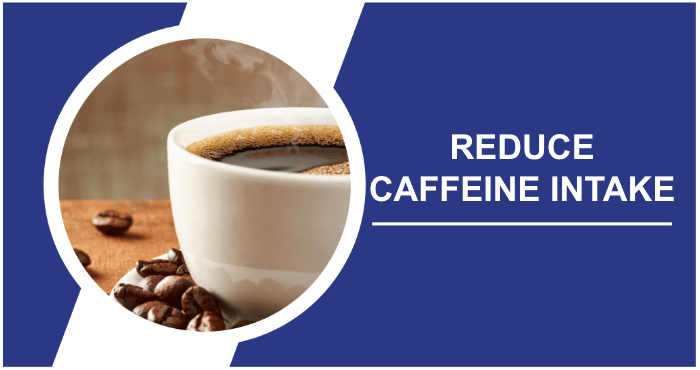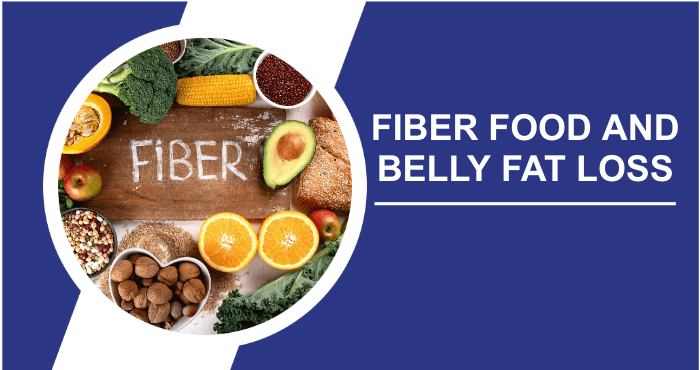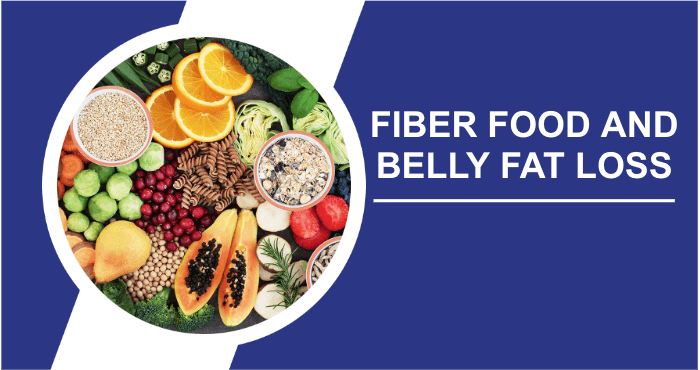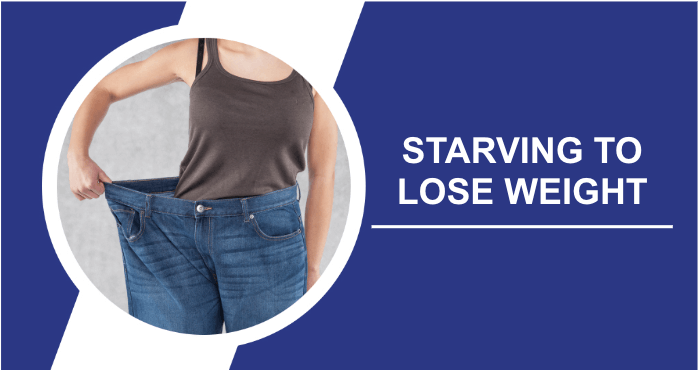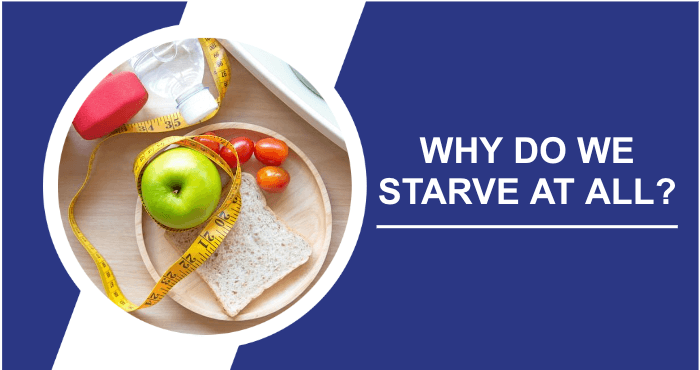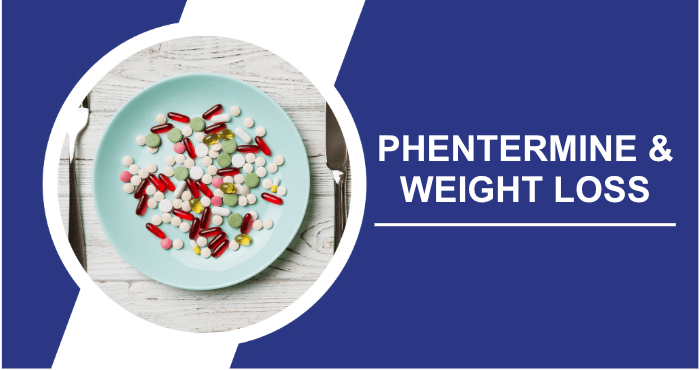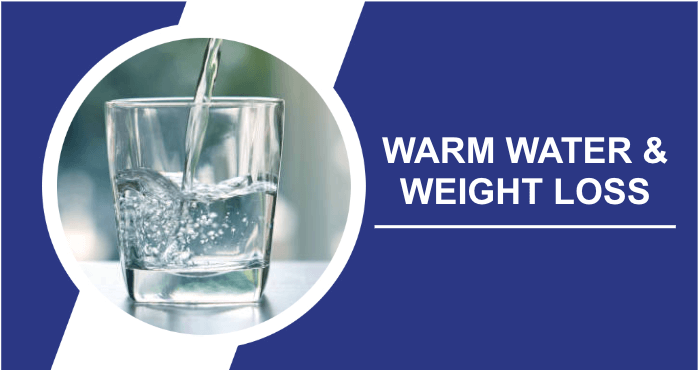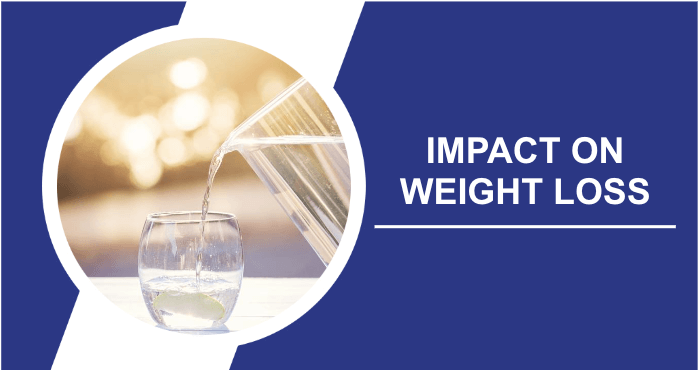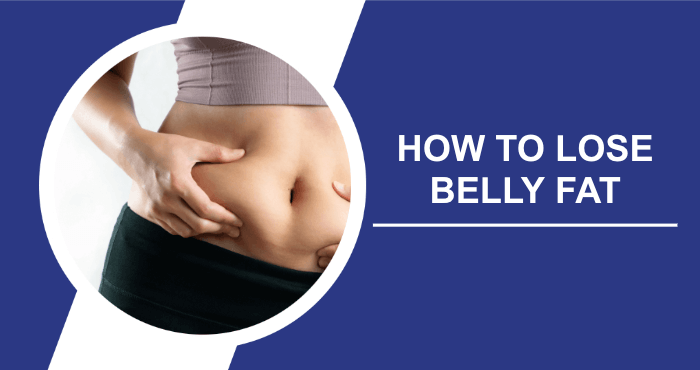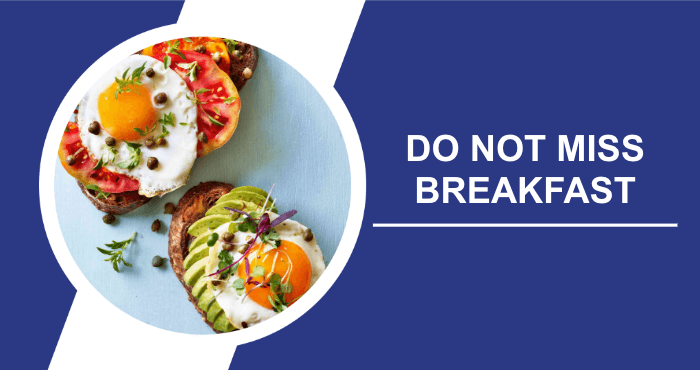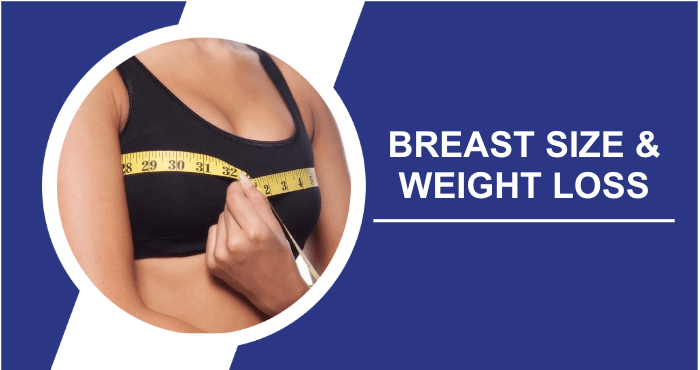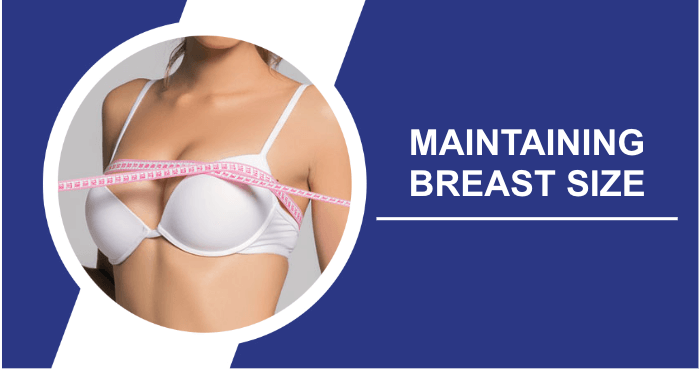If you’re looking for a healthier way to lose weight without resorting to fat burners, incorporating certain vegan foods into your fitness regimen can help you achieve your goals. Adopting a vegan lifestyle means eliminating meat, fish, poultry, eggs, and dairy products from your diet.
A vegan diet emphasizes the consumption of fresh, whole foods, taking advantage of the abundance of fresh fruits and vegetables, nuts and seeds, whole grains, and legumes such as beans and lentils.
While raw vegan diets impose even stricter dietary restrictions, a typical vegan diet includes deliciously prepared dishes that emphasize flavor and freshness. When carefully balanced in terms of calories, protein, healthy fats, and carbohydrates, a vegan diet has the potential to boost your energy levels and provide you with an abundance of essential nutrients.
The Best Vegan Foods For Weight Loss
- Kidney Beans
- Chia Seeds
- Sweet Potatoes
- Almond Butter
- Leafy Greens
- Hemp Seeds
- Brown Rice
What Nonvegan Foods Look Vegan?
Certain foods can appear deceptively vegan but contain hidden animal-derived ingredients. For example, some store-bought veggie chips may appear plant-based, but often contain dairy-based condiments. Similarly, fruit-flavored gummy candies may look harmless, but many contain gelatin, which is derived from animal collagen. It’s a reminder to always check labels and ingredient lists to ensure a truly vegan choice when shopping for food.
What Should I Be Aware Of In General When Following A Vegan Diet?
When embarking on a vegan diet, there are several important things to be aware of. Firstly, ensuring a balanced intake of nutrients like protein, vitamin B12, iron, and calcium is crucial, as these can be less abundant in a plant-based diet. Secondly, familiarize yourself with vegan sources of these nutrients, such as beans, nuts, fortified cereals, and leafy greens.
Additionally, being mindful of processed vegan foods that may still lack nutritional value is important; a vegan diet should primarily consist of whole, unprocessed foods. Lastly, don’t forget to stay hydrated and consult a healthcare professional for guidance to ensure your vegan journey is both nutritious and fulfilling.
The Best Foods To Eat On A Vegan Diet For Weight Loss
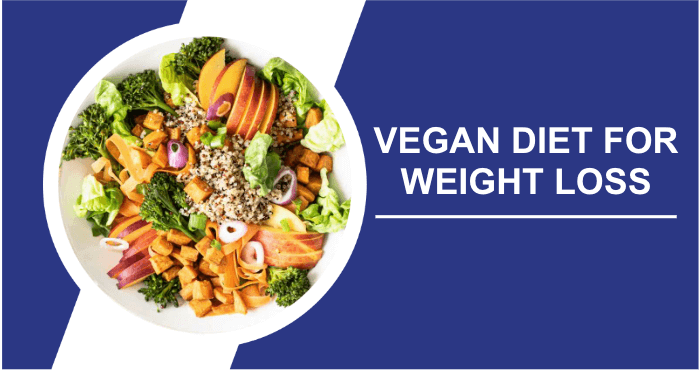
Here are the top foods to include in a vegan diet for effective weight loss:
Kidney Beans
Kidney beans are a fantastic choice for those on a vegan weight loss journey due to their high protein and fiber content. They serve as an excellent meat substitute in your favorite vegan recipes, offering satisfying texture and versatility. The fiber in kidney beans helps you feel full, making weight loss on a vegan diet easier.
Combine them with brown rice for a complete protein source that helps maintain muscle while reducing body fat. Kidney beans are also budget-friendly and readily available in grocery stores. When seasoned well, they are a delicious way to satisfy cravings for animal products like ground beef or chicken.
Chia Seeds
When it comes to superfoods, chia seeds are at the top of the list. They are rich in healthy omega-3 and omega-6 fatty acids, packed with B vitamins, offer nearly ten grams of fiber, contain a substantial amount of antioxidants, and boast an impressive five grams of protein per serving. Remarkably, these tiny seeds are only slightly larger than poppy seeds! Chia seeds are also remarkably versatile when it comes to incorporating them into a vegan diet.
In their dry form, they can be sprinkled on oatmeal or other cooked grains, and they make a great addition to green salads. When ground, they can be added to smoothies for a nutritional boost similar to wheat germ. Soaked in water or plant-based milk, chia seeds swell and soften, and you can flavor them to create delicious vegan puddings that serve as a healthy dessert option similar to rice or tapioca pudding.
Sweet Potatoes
Sweet potatoes are a nutritional powerhouse in the realm of vegan-friendly foods. They are high in fiber and packed with essential vitamins, including A, B6, and C. Most importantly, their low glycemic index makes them a healthier alternative to regular potatoes.
When a food has a lower glycemic index, it is digested more slowly, allowing for greater absorption of its nutritional benefits and preventing rapid spikes in blood sugar levels. Sweet potatoes also offer versatility in a wide range of flavorful recipes, easily replacing white or yellow potatoes in many dishes.
For example, mashed sweet potatoes are a satisfying substitute for traditional mashed potatoes, while baked sweet potatoes, drizzled with a touch of healthy fats like olive or coconut oil, are a delicious way to incorporate essential nutrients into a vegan diet. Plus, sweet potatoes are lower in calories than their regular potato counterparts, making them a valuable ally in your ongoing weight loss journey.
Almond Butter
Almonds are one of the healthiest tree nuts, and when they are turned into creamy almond butter, their appeal is even greater. Almond butter is a rich source of monounsaturated fats, which help protect the heart. In addition, almonds are rich in protein, calcium, vitamin E and magnesium. As a spread, almond butter pairs perfectly with fresh fruit such as apples and strawberries.
It can be seamlessly incorporated into smoothies for an extra dose of creaminess and flavor, or mixed into oatmeal with a touch of cinnamon for a delicious breakfast treat. It’s important to be careful, however, as almond butter is relatively high in fat and calories can add up quickly. To help you lose weight, it’s a good idea to stick to the recommended serving size on the label.
Leafy Greens
Garden-fresh leafy greens are a treasure trove of nutrients and serve as a fantastic, healthy way to increase your fiber intake. A diet rich in fiber promotes a greater sense of fullness while reducing calorie consumption. Leafy greens offer a wide variety of choices, but it’s a good idea to eat darker varieties more often. Dark leafy greens are packed with essential phytonutrients such as beta-carotene and lutein, which contribute to overall well-being.
Options like spinach and kale are also notable for their supply of folate, iron, and calcium, all of which play a key role in fat burning and weight loss. What’s more, the low calorie content of leafy greens makes them an excellent vegan choice, whether you’re adding them to salads and wraps, blending them into smoothies, or incorporating them into a variety of cooked dishes.
Hemp Seeds
Hemp seeds have gained attention and recognition for their robust nutritional profile, which includes protein, omega-3 and omega-6 fatty acids, and vitamin E. These seeds are derived from cannabis plants, yet they do not induce any of the mind-altering effects associated with the plant’s leaves. Hemp seeds are best known for their positive effects on cardiovascular health.
Due to their similarity in size and composition to chia seeds or sesame seeds, hemp seeds can be consumed in a similar manner. They can be used in vegan baking to add flavor and a satisfying crunch, or sprinkled over fruit and coconut yogurt parfaits. They also serve as an excellent addition to smoothies, giving your fresh fruits and greens an extra nutritional boost to keep your weight loss efforts moving in the right direction!
Brown Rice
Brown rice is a nutritional gem in the realm of healthy grains for your vegan diet. While it contains slightly more calories than white rice, its added protein and complex carbohydrates make it a valuable addition to your vegan dietary arsenal. In addition, brown rice plays a crucial role in stabilizing blood sugar levels, helping to control your appetite and curb cravings between meals.
This characteristic makes it a key component in your efforts to shed unwanted pounds. As part of a vegan weight loss plan, brown rice pairs beautifully with various types of beans to create a variety of dishes that are bursting with cultural flavors-from Mexican to Greek to Turkish, depending on the vegetables and spices you incorporate.
No matter how you prepare your brown rice and beans, the combination of these two foods provides a complete spectrum of amino acids. Nutritionists recognize this combination as a complete protein source because it contains all the essential amino acids needed to build and maintain your body’s proteins.
Can Vegan Foods Help You Lose Weight?
Adopting a vegan diet can indeed improve the nutritional quality of your diet when done correctly. But how can vegans achieve rapid weight loss? Plant-based foods are naturally lower in calories than their animal-based counterparts, which can make it easier to achieve a calorie deficit while increasing your intake of fiber, vitamins, and minerals-all essential components for healthy weight loss.
It’s worth noting that the ever-expanding array of vegan options has introduced numerous processed vegan foods to the market, and not all of them prioritize health and wellness. Therefore, the most effective strategy for losing weight on a vegan diet is to follow a regimen that consists primarily of fresh and minimally processed whole foods.
What Supplements Are Appropriate For A Vegan Diet?
Supplements can be a helpful addition to a vegan diet to ensure that you are meeting all of your nutritional needs. One of the most important supplements for vegans is vitamin B12, as it’s found primarily in animal products. Other supplements to consider include vitamin D, especially if you have limited sun exposure, and omega-3 fatty acids, which can be obtained from algae-based sources.
Iron and calcium supplements may also be necessary for some people, depending on their dietary intake and needs. However, it’s important to consult with a healthcare professional or registered dietitian to determine the specific supplements that are appropriate for your unique dietary needs.
Vegan Meals For Weight Loss
If you’re curious about how to incorporate nutrient-dense vegan foods into your diet to help you lose weight, here’s an easy one-day vegan meal plan to get you started. These recipes allow for the addition of extra vegetables, spices, and healthy toppings of your choice, which may slightly alter the nutritional values provided.
Breakfast
Oatmeal With Almond Butter And Hemp Seeds
Stir one tablespoon almond butter into ½ cup cooked oatmeal seasoned with a pinch of cinnamon and ginger. Sprinkle a teaspoon of hemp seeds on top and stir. This combination of flavors and textures is a delicious, satisfying, and mildly sweet way to start your day, providing you with nutritious, fiber-rich energy to keep you going. One serving provides:
- 420 calories
- 11.5 grams of protein
- 33 grams of carbohydrates
Lunch
Rice And Bean Bowl
Mix ½ cup cooked brown rice with ½ cup cooked kidney beans and season with ½ teaspoon each garlic and onion powder. Stir in chopped red pepper and green onion for added flavor and nutrition. For a zesty twist, squeeze a little lime over the top. This healthy, fiber-rich vegan lunch will give you a sense of indulgence while keeping you on track with your weight loss journey. One serving provides:
- 213 calories
- 10 grams of protein
- 72 grams of carbohydrates
Dinner
Sweet Potato With Quinoa And Spinach Salad
Start by baking a medium-sized sweet potato and topping it with a mixture of one cup of cooked quinoa, diced vegetables, and your preferred amount of garlic and onion powder for seasoning. On the side, make a salad of one cup of fresh spinach tossed with a variety of garden-fresh vegetables.
Sprinkle the salad with one teaspoon of chia seeds and drizzle with a mixture of one tablespoon apple cider vinegar and one tablespoon olive oil. This harmonious blend of fiber, vitamins, and minerals makes for a satisfying and delicious meal. It will also keep you feeling full while supporting your ongoing weight loss journey. One serving provides:
- 356 calories
- 17 grams of protein
- 87 grams of carbohydrates
Snack
Apples And Almond Butter
Spread a tablespoon of almond butter on slices of a medium apple and add a sprinkle of cinnamon. This healthy vegan treat offers a taste reminiscent of a decadent dessert while providing enough protein and fiber to keep you satisfied between meals. This makes it easier to meet your calorie and nutrient needs for sustained weight loss. One serving contains:
- 193 calories
- 3.4 grams of protein
- 28 grams of carbohydrates
Healthy Vegetarian Foods For Weight Loss
The vegetarian diet, unlike the vegan diet, includes dairy products, providing a wider range of meal choices for those seeking to lose weight. Here are some foods to consider when following a vegetarian diet:
- Eggs
- Dairy cheese
- Yogurt
- Cottage cheese
- Dairy milk
- Non-fat ice cream and frozen yogurt
- Kefir
What Are The Undesirable Side Effects Of A Vegan Diet?
While a vegan diet can offer numerous health benefits, it’s important to be aware of potential unwanted side effects. A common problem is nutrient deficiencies, particularly in vitamin B12, iron, calcium, and omega-3 fatty acids, which can lead to fatigue, anemia, and bone health problems.
Some people may also initially experience digestive changes as their bodies adjust to higher fiber intake. In addition, drastic dietary changes can affect weight, so it’s important to maintain a balanced vegan diet to avoid unintended weight loss or gain. To mitigate these side effects, careful meal planning and supplementation as needed can help ensure a healthy and thriving vegan lifestyle.
Frequently Asked Questions
What exactly is a vegan diet and how can it help me achieve my weight loss goals?
A vegan diet is one that includes only plant-based foods and excludes all animal-based products. It facilitates weight loss by prioritizing nutrient-dense foods, limiting caloric intake, and promoting healthier eating habits.
Can I still enjoy delicious foods while following a vegan weight loss program?
Absolutely! There are a plethora of delicious vegan recipes and substitutes, from hearty vegetable soups to plant-based burger options and even vegan-friendly ice cream. It all depends on your culinary creativity!
Are there any vegan foods to avoid when trying to lose weight?
While there are no specific foods to avoid altogether, it’s wise to moderate your intake of highly processed vegan foods, sugary snacks, and excessive amounts of vegan oils. Finding balance is key.
Are there any specific vegan foods that are known to be effective for weight loss?
Undoubtedly, many fit the bill! Foods such as leafy greens, legumes, whole grains, fruits, and lean plant-based proteins such as tofu and tempeh are excellent choices for weight loss due to their high fiber and protein content.
Is it possible to gain weight on a vegan weight loss diet?
Yes, it is possible if you consume an excess of calories, even from vegan sources. Prioritize portion control, choose nutrient-dense foods, and maintain a well-rounded diet to prevent weight gain.
Conclusion
Attaining a calorie deficit remains imperative in any weight loss regimen, including when following a vegan dietary approach. If adopting a vegan lifestyle seems feasible to you, ensure that your meal preparation strategy incorporates an ample supply of protein and wholesome fats, such as coconut oil, which has demonstrated its effectiveness in supporting weight management.
Although embracing a vegan diet can facilitate weight loss, it remains feasible to gain weight on this dietary path if one fails to strike the right balance of nutrients or does not expend more calories than they consume. To optimize the contribution of plant-based nutrition to your weight loss objectives, restrict your consumption of vegan indulgences to occasional treats and prioritize the nutritional advantages of a diet abundant in nutrient-rich foods.
Sources
- Tran, E., Dale, H.F., Jensen, C., and Lied, G.A. (2020). Effects of Plant-Based Diets on Weight Status: A Systematic Review. Diabetes, Metabolic Syndrome and Obesity: Targets and Therapy, Read Article
- USDA ARS (2013). Dark Green Leafy Vegetables. Read Article
- Mariotti and Gardner (2019). Dietary Protein and Amino Acids in Vegetarian Diets—A Review. Nutrients, 11(11), p.2661. Read Article
- Bonnema, A.L., Altschwager, D., Thomas, W., and Slavin, J.L. (2015). The Effects of a Beef-Based Meal Compared to a Calorie Matched Bean-Based Meal on Appetite and Food Intake. Journal of Food Science, 80(9), pp.H2088–H2093. Read Article
- Rodriguez-Leyva, D. and Pierce, G.N. (2010). The cardiac and haemostatic effects of dietary hempseed. Nutrition & Metabolism, 7(1), p.32. Read Article
